Energy-efficient thermostats optimize home climate control, reduce utility bills, and minimize energy waste by learning user preferences and adapting to routines. Wi-Fi connectivity and smart features enable remote control and detection of heating system repair issues. Proper installation by professionals is crucial for optimal performance, especially with complex systems. Regular maintenance extends device lifespan. Upgrading traditional thermostats to efficient models offers long-term savings on repairs, enhances sustainability, and improves climate control system performance.
Looking to slash your energy bills and reduce your carbon footprint? Upgrading old thermostats to energy-efficient models is an easy, cost-effective way to achieve both. This comprehensive guide explores the benefits of making the switch, from lowered energy consumption to improved home comfort and potential heating system repair savings. Learn how to choose the right model, install it yourself (or with minimal help), and enjoy long-term financial and environmental gains.
- Understanding Energy Efficient Thermostats
- Benefits of Upgrading Old Thermostats
- Choosing the Right Energy-Efficient Model
- Installation Tips for Homeowners
- Long-Term Savings and Heating System Repair
Understanding Energy Efficient Thermostats
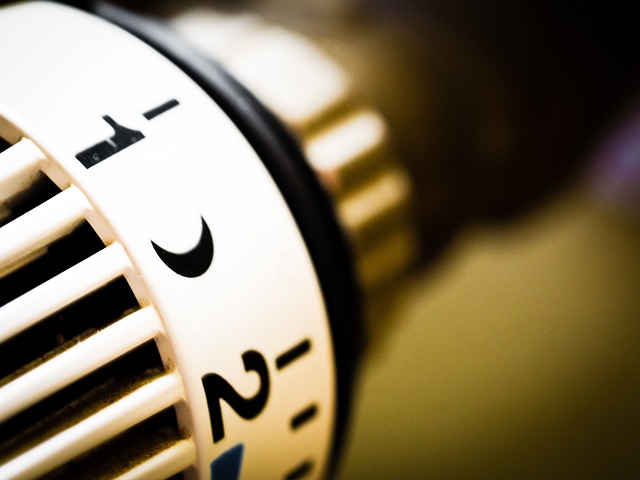
Energy-efficient thermostats are designed to optimize your home’s temperature control while minimizing energy consumption. Unlike traditional models, these advanced devices offer precise temperature regulation, smart learning capabilities, and customizable settings. They can adapt to your daily routine, adjusting heating and cooling systems only when necessary, thereby reducing energy wastage.
When considering a replacement for your old thermostat, look into models that support Wi-Fi connectivity, allowing you to control and monitor temperature from your smartphone or tablet. Some even integrate with smart home systems, enabling voice controls via digital assistants like Alexa or Google Home. Moreover, energy-efficient thermostats can significantly contribute to fixing hot water heater issues through heat pump retrofits and electric water heating repair pipeline corrosion repair, ultimately leading to reduced utility bills and a greener living environment.
Benefits of Upgrading Old Thermostats
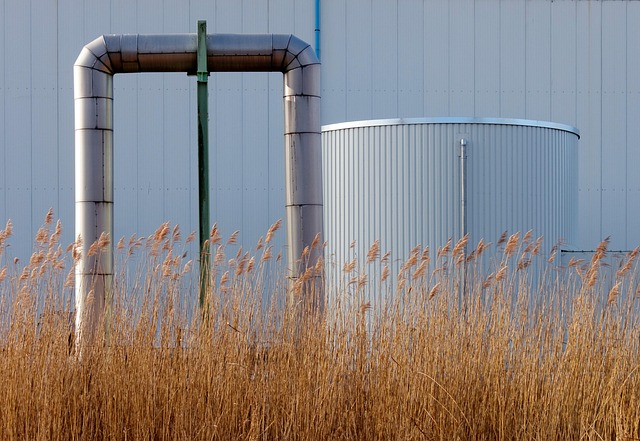
Upgrading old thermostats to energy-efficient models offers numerous advantages for homeowners looking to enhance their comfort and save on energy costs. One of the key benefits is improved temperature control, as modern thermostats provide more precise heating and cooling regulation, ensuring your home stays at the desired temperature throughout the year. This precision can lead to significant savings; older thermostats often result in inefficient heating systems, with rooms either too hot or too cold, wasting energy.
Additionally, energy-efficient thermostats contribute to a more sustainable future of heating systems by reducing overall energy consumption. They often come equipped with smart features that allow for remote control and programming, enabling homeowners to optimize their heating and cooling schedules. This not only lowers energy bills but also helps in fixing baseboard heating repair issues early on, as these intelligent devices can detect and alert users of potential problems, such as leaks or malfunctioning components.
Choosing the Right Energy-Efficient Model
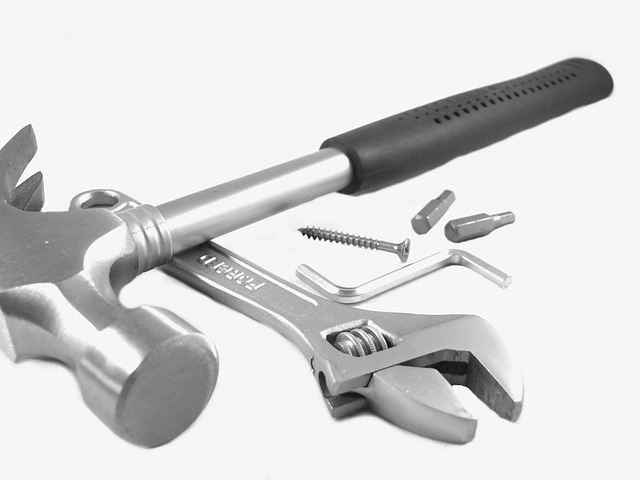
When considering energy-efficient thermostats, it’s crucial to choose a model that aligns with your heating system. Not all smart thermostats are created equal; some are designed for specific types of furnaces or heat exchangers. Understanding your system is key to ensuring compatibility and optimal performance. For instance, if you have an electric heater, select a thermostat compatible with these systems to avoid any troubleshooting issues later on.
Proper installation is paramount for effective energy conservation. While many homeowners might be inclined to handle smart thermostat installation themselves, it’s often recommended to seek professional help, especially when dealing with complex heating systems. A qualified technician can guarantee precise placement and settings, ensuring your new thermostat works in harmony with your existing hardware, ultimately contributing to more sustainable heating practices.
Installation Tips for Homeowners
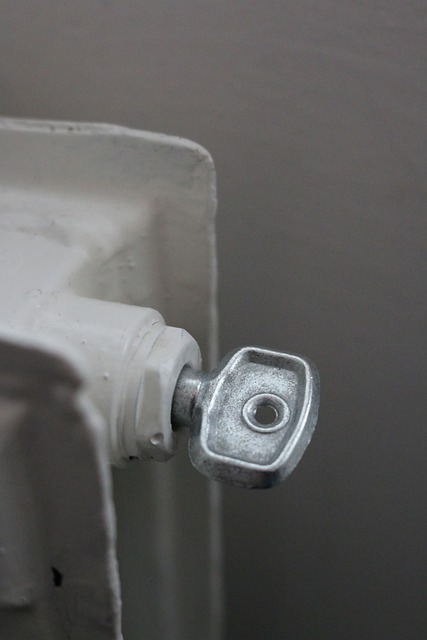
When considering energy-efficient thermostats as part of your heating system repair or boiler upgrade, proper installation is key to achieving optimal savings. Homeowners should start by assessing their current system and understanding its controls. Many modern thermostats offer smart features that allow for precise temperature settings and scheduling, so familiarizing yourself with these functions will ensure efficient use.
During installation, focus on ensuring a secure fit to maintain accuracy. Place the thermostat away from direct sunlight or drafts, as these can affect readings. Additionally, consider the placement of your new thermostat—it should be easily accessible for adjustments but not located near large electronic devices that could interfere with its operation. Regular maintenance, including changing batteries and cleaning sensors, will contribute to the longevity of your energy-efficient thermostat and continued heating system upgrades.
Long-Term Savings and Heating System Repair
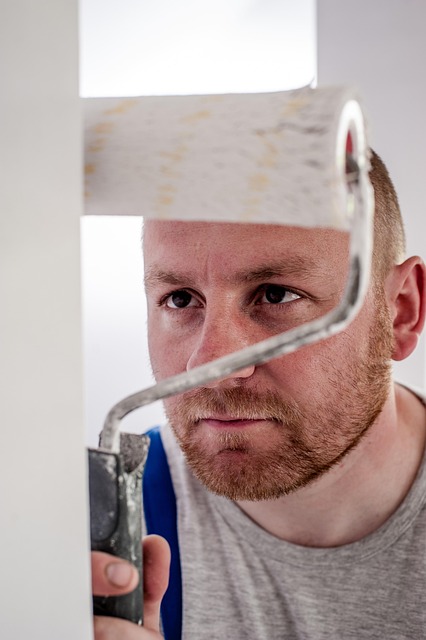
Upgrading to energy-efficient thermostats offers long-term savings that extend beyond your utility bills. By opting for modern models, you’re investing in the longevity and efficiency of your heating system repair needs. Traditional thermostats often contribute to inefficient energy usage, leading to costly repairs or replacements over time. In contrast, smart, programmable, or digital thermostats significantly reduce energy consumption by learning your preferences and automatically adjusting settings.
This shift towards sustainable design isn’t just about immediate cost savings; it’s a proactive approach that aligns with the goals of many homeowners looking to implement eco-friendly solutions. Efficient thermostats play a crucial role in minimizing wear and tear on your heating system, potentially delaying or avoiding costly repairs. And for those considering alternatives like heat pump vs. air conditioner, efficient thermostats ensure optimal performance, enhancing the overall efficiency and effectiveness of your climate control systems.
Upgrading old thermostats to energy-efficient models is a smart move that offers significant long-term savings. By choosing the right model, properly installing it, and enjoying its energy-saving benefits, homeowners can not only reduce their utility bills but also contribute to a more sustainable future. Moreover, regular thermostat maintenance can prevent costly heating system repair issues down the line. This simple upgrade is a win for both your wallet and the environment.
